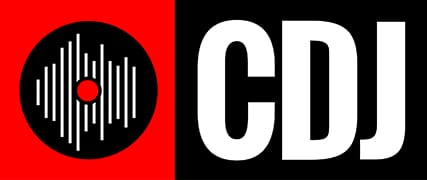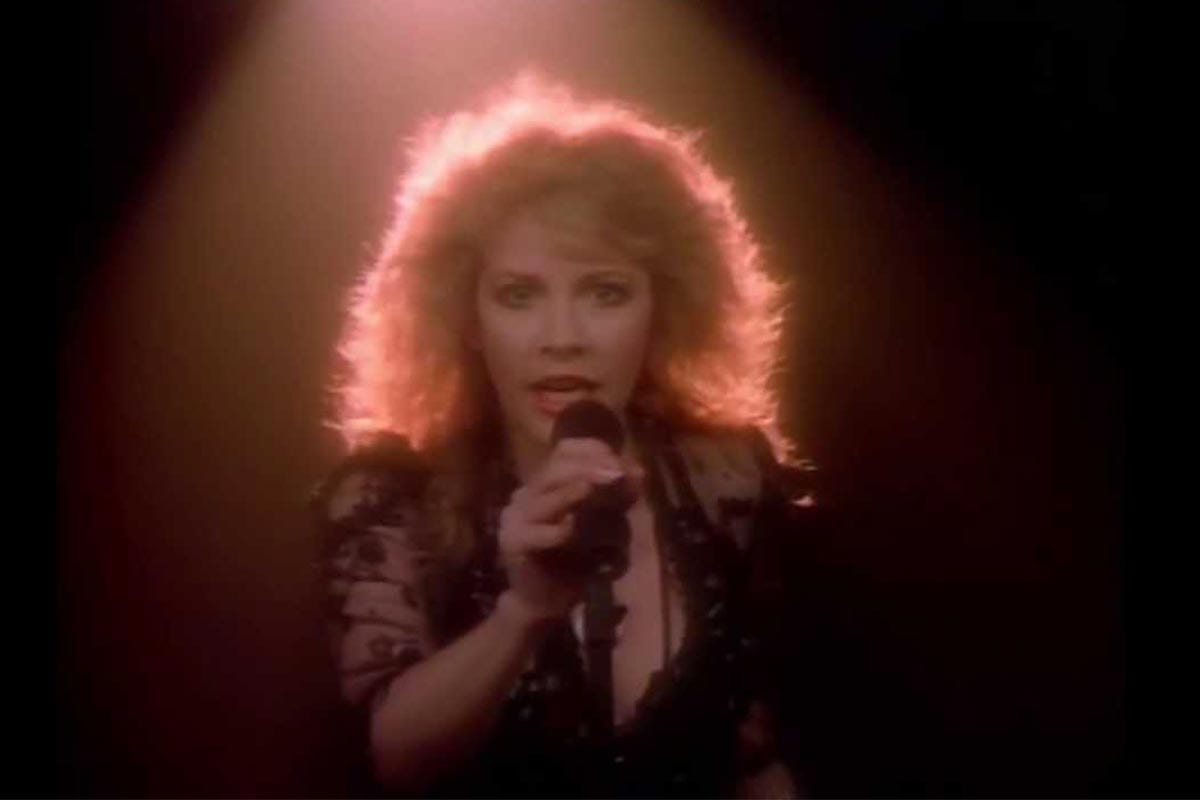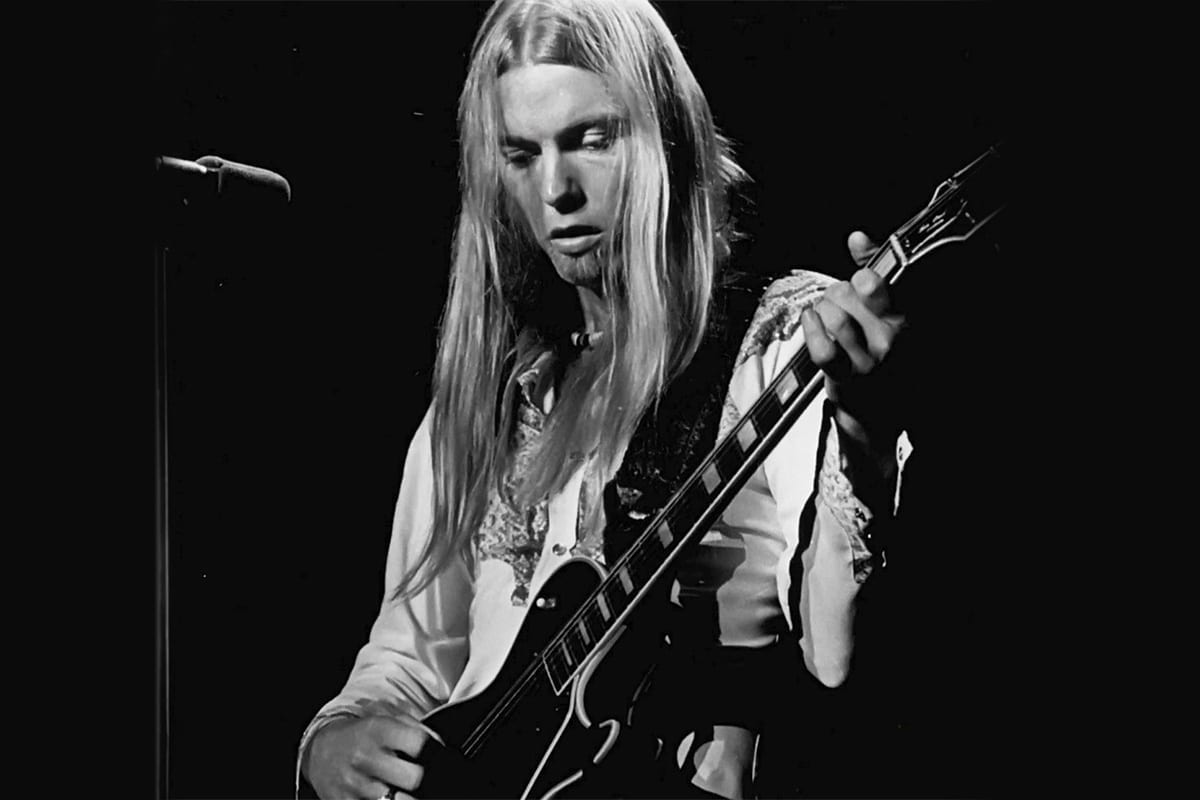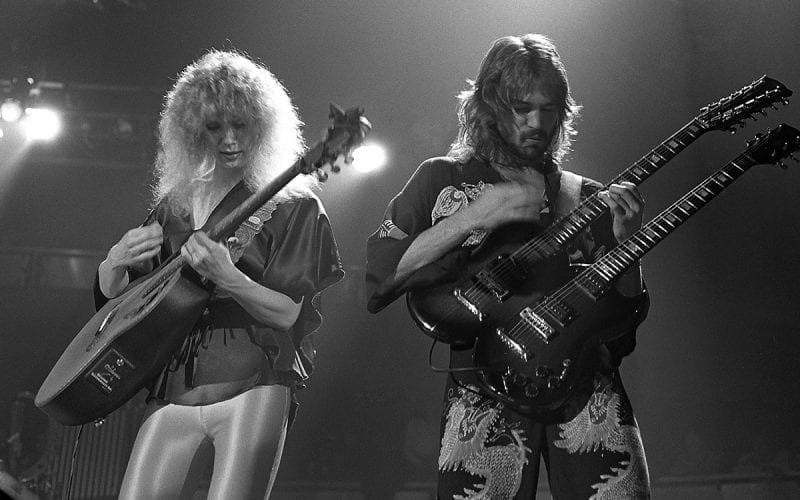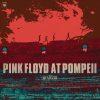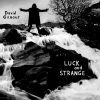
Who says rockers don’t read? Whether it’s horror, poetry, fantasy or 19th century classic literature, musicians throughout time have taken their cue from those crumpled up paperbacks they’ve toted with them to gigs around the world. See some of the most famous examples of literature that’s turned into music below.
10 “Shadows And Tall Trees” by U2
Lord Of The Flies by William Golding
This is one of U2’s first songs, and the only one from their first demo to make it on an album. “Shadows And Tall Trees” is the name of the 7th chapter in Golding’s Lord of the Flies book.
Fun fact: U2 has not played the song live since 1980.
09 “Wuthering Heights” by Kate Bush
Wuthering Heights by Emily Brontë
Based on Emily Brontë’s classic book of the same name, this song was a massive hit in all territories but the U.S. Pat Benatar also covered this on her 1980 album Crimes of Passion.
Fun fact: Kate Bush and Emily Brontë share the same birthday, July 30th, albeit 140 years apart.
08 “Annabel Lee” by Stevie Nicks
“Annabel Lee” by Edgar Allen Poe
Adapted from the last complete poem composed by Edgar Allen Poe, this song deals with the death of a beautiful woman, one of Poe’s favorite themes.
Fun fact: Nicks wrote this song when she was only 17 years old, only to let it languish in a drawer for over 40 years.
07 “Pet Sematary” by the Ramones
Pet Sematary by Stephen King
This song was originally written for the movie adaptation of the Stephen King novel. King loved the Ramones, and referenced them many times in his books saying, “I’m a huge Ramones fan, and my radio station got them to play a concert in Bangor. They put on a great rock and roll show. We had dinner afterwards, and talked about Pet Sematary. The song followed.”
Fun fact: The book quotes from the Ramones’ “Blitzkrieg Bop,” and another Ramones song, “Sheena Is A Punk Rocker,” also appears in the film.
06 “Mama” by Genesis
Moon’s A Balloon by David Niven
This song, based on a book Phil Collins read called “The Moon’s A Balloon” by David Niven, is about a young man who’s obsessed with an older prostitute who does not return his affections. Phil Collins got the idea for the crazy laugh from the 1982 Grandmaster Flash and the Furious Five song “The Message,” where lead vocalist Melle Mel does a similar demented cackle.
Fun fact: The song remains the band’s most successful single ever in the UK, peaking at #4.
05 “Moon Over Bourbon Street” by Sting
Interview With A Vampire by Anne Rice
Sting was fascinated by the character of Louis, a vampire with a conscience, in Rice’s Interview With A Vampire novel. He said, “The idea of being a vampire and being a predator, but regretting it all the time knowing that there was something morally wrong with your lusts and your hunger – I love the struggle that is going on in that character’s head.
Fun fact: Sting wrote the song after one moonlit night walking in the French Quarter of New Orleans where he had the distinct impression that he was being followed.
04 “For Whom The Bell Tolls” by Metallica
For Whom The Bell Tolls by Ernest Hemingway
The lyrics for this Metallica song are based on the book of the same name about an American who is given the job of taking out a bridge held by the Fascist army in the Spanish Civil War, in a precursor to World War II. Hemingway’s book in turn is based on a John Doone poem from 1623.
Fun fact: The late Cliff Burton’s bass playing at the beginning of the song is often mistaken for an electric guitar lead.
03 “Sympathy For The Devil” by the Rolling Stones
The Master and Margarita by Mikhail Bulgakov
Mick Jagger was given a copy of this book by his then girlfriend, Marianne Faithfull, who came from “upper class” society and exposed Jagger to many artistic ideas. The documentary “One Plus One” captured the recording of the song, where a lamp used for filming started a fire in the studio. The tapes were saved, but a lot of the Rolling Stones‘ equipment was destroyed.
Fun fact: The “whoo-whoo” backing vocals were added when Keith Richard’s girlfriend, Anita Pallenberg, sang it absentmindedly during a take and the Stones liked how it sounded. She later sang it on the record along with Keith Richards, Brian Jones, Bill Wyman, Marianne Faithfull and Jimmy Miller.
02 (TIE) “Misty Mountain Hop” by Led Zeppelin
The Hobbit by J. R. R. Tolkien
This Led Zeppelin song was inspired by the Misty Mountains mentioned in The Hobbit after Robert Plant was jailed overnight, saying it was after “being caught in the park with wrong stuff in your cigarette papers.”
Fun fact: Robert Plant was a big fan of Tolkien and used references to the Lord Of The Rings series several times in Zeppelin’s music.
02 (TIE) “Battle Of Evermore” by Led Zeppelin
The Lord Of The Rings by J. R. R. Tolkien
The song makes references to The Lord of the Rings, but many Tolkien fans see the lyrics as a reference to his book Return Of The King, where the lyrics could describe the Battle of Pelennor.
Fun fact: This is the only song Zeppelin ever recorded with a guest vocalist, Sandy Denny of Fairport Convention. Her vocals represent the people as the town crier, while Plant’s voice is the narrator.
01 “White Rabbit” by Jefferson Airplane
Alice In Wonderland by Lewis Carroll
Grace Slick got the idea for this song after taking LSD, basing the lyrics on Lewis Carroll’s book Alice In Wonderland. She says, “To this day, I don’t think most people realize the song was aimed at parents who drank and told their kids not to do drugs. I felt they were full of s–t, but to write a good song, you need a few more words than that.”
Fun fact: Although a huge hit for Jefferson Airplane, Slick wrote the song and performed it when she was in her previous band The Great Society, with her first husband, Jerry Slick.
